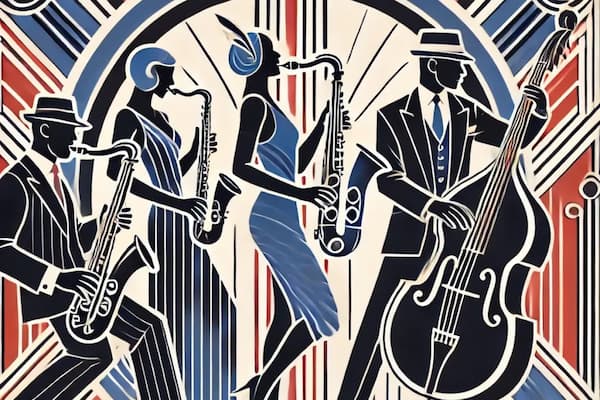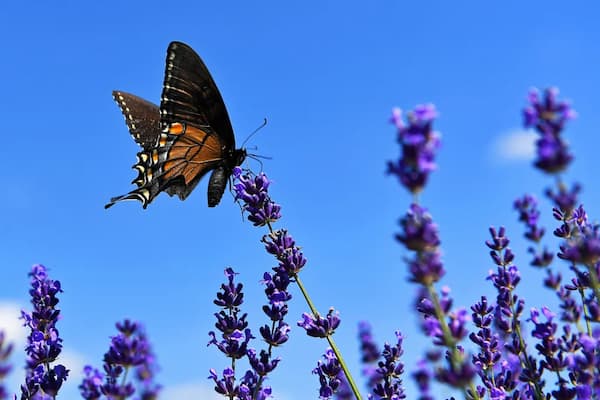The Italian composer Franco Alfano (1875–1954) was one of the Italian ‘Generazione dell’Ottanta’ of composers born in the 1880s, the best known of which included Alfredo Casella, Ildebrando Pizzetti, Gian Francsco Malipiero, and Ottorino Respighi, who sought to bring back Italian instrumental music after decades of Italian vocal dominance by Verdi and the verismists.
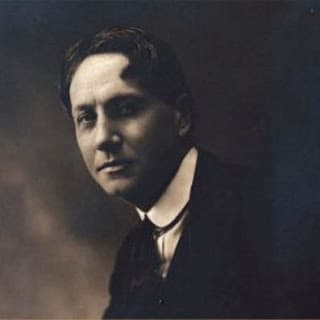
Franco Alfano
The first of these instrumental writers, Giuseppe Martucci and Giovanni Sgambati, wrote music clearly influenced by Schumann, Liszt, and Brahms. The Generazione dell’Ottanta composers, however, added their own opera house experiences to their instrumental music.
Alfano’s Suite romantica (entitled Poemo italico: Suite Romantica by his publisher) was written between 1906 and 1908. It wasn’t a complete success at its premiere, but it was Alfano’s opinion that perhaps his music needed time ‘to season, like wood, in order to be appreciated’.
The composer describes the work as ‘the feelings of two lovers travelling through Italy. These four movements aren’t the usual picture postcards of beautiful Italy but rather a sentimental journey through the emotions of the country, stretching from Venice to Naples, Alfano’s home region.
We start in Venice on the Adriatic, with a movement that has been described as an ‘art nouveau–style nocturne’. Our lovers are in a gondola, first carried in a sea of suspense and growing wonder. As they approach the shore, the sounds of Carnival intrude, bringing them back to the hustle and bustle they were avoiding on the water.
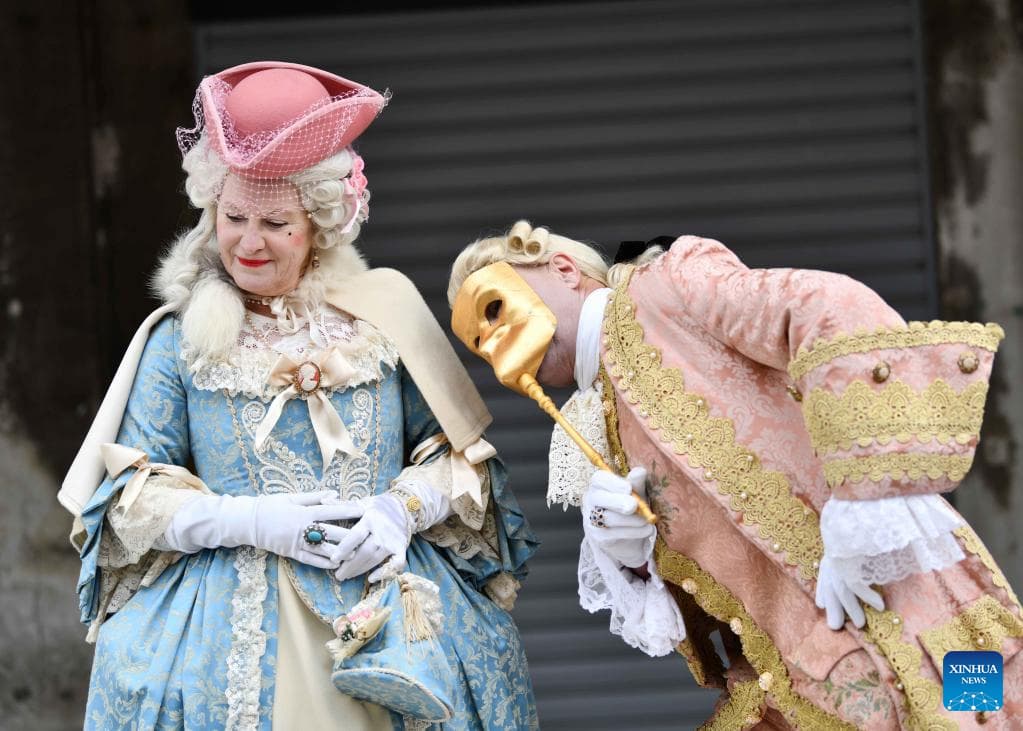
Carnival time in Venice
Franco Alfano: Suite romantica – Part I: Notte adriatica – (Orchestra Sinfonica di Milano; Giuseppe Grazioli, cond.)
This leads directly into Echi dell’Appennino (Apennine Echoes), where the cor anglais and oboe, imitating rustic bagpipes, cross lines with dance motifs.
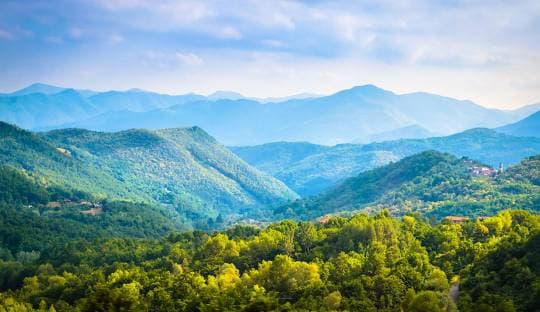
The Apennines
Franco Alfano: Suite romantica – Part II: Echi dell’Appennino – (Orchestra Sinfonica di Milano; Giuseppe Grazioli, cond.)
Part III takes us to an abandoned monastery when the lovers are in Abruzzo. The ruins are unsettling, with sounds of muffled bells and perhaps plainchant. The lovers take refuge in each other with a ‘hymn of love’ before bells seeming to sound from below their feet hastens their departure.
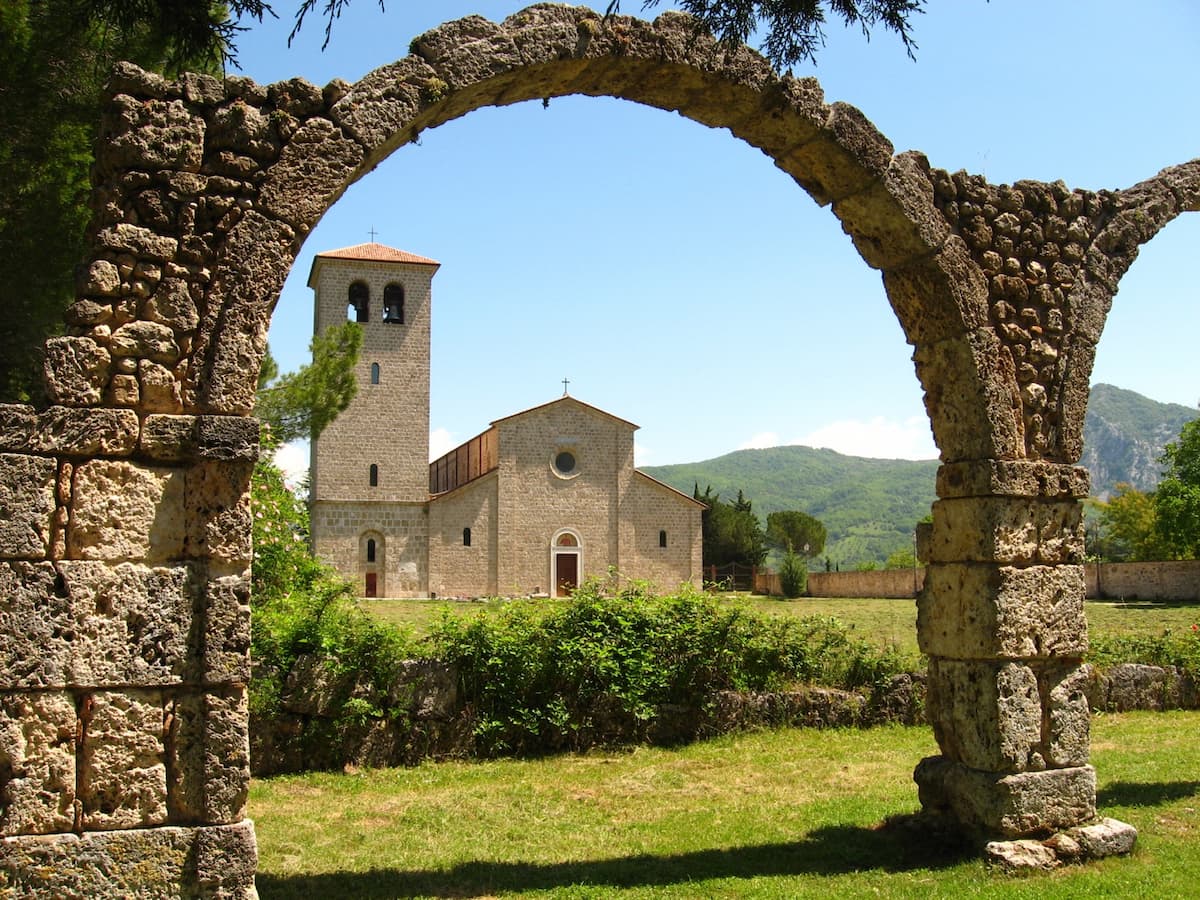
An abandoned monastery
Franco Alfano: Suite romantica – Part III: Al chiostro abbandonato – (Orchestra Sinfonica di Milano; Giuseppe Grazioli, cond.)
The work ends with Christmas in Campania, bringing us into the Neapolitan holiday atmosphere. It’s a full-on party mood from the beginning, with swirls of sound evoking swirls of holiday colour. There’s dancing, there’s processions, and the general uproar of the happiest season of the year.
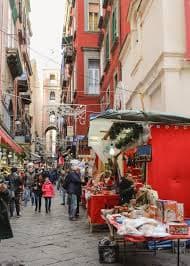
Christmas in Naples
Franco Alfano: Suite romantica – Part IV: Natale campàno (Orchestra Sinfonica di Milano; Giuseppe Grazioli, cond.)
Most people know Alfano’s name because of his completion of the opera Turandot after Puccini’s death, but this at-time mysterious and ultimately joyous tour of Italy via orchestra shows the skills he had that made him suitable to fill in Puccini’s missing materials. One writer on the Suite romantica notes with approval Alfano’s ability to use orchestration to re-imagine space. Instruments seem to move in relation to each other, coming forward or receding, and all without electronic aids such as Dolby Atmos.
Alfano carries us from the highest peaks of the Apennines to the narrow streets of Naples, from the Venice lagoon to a deserted monastery through his orchestration skills, and all without voices.
For more of the best in classical music, sign up for our E-Newsletter

